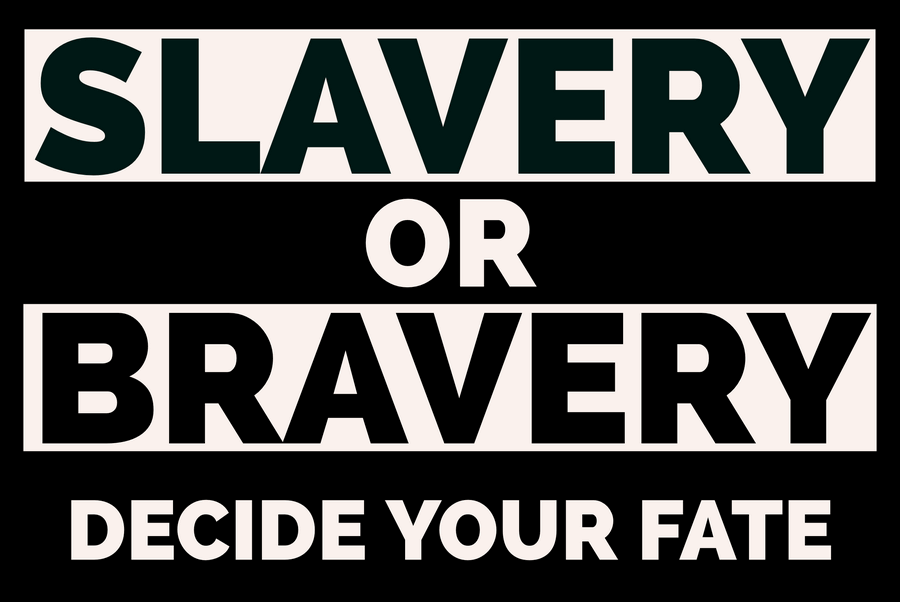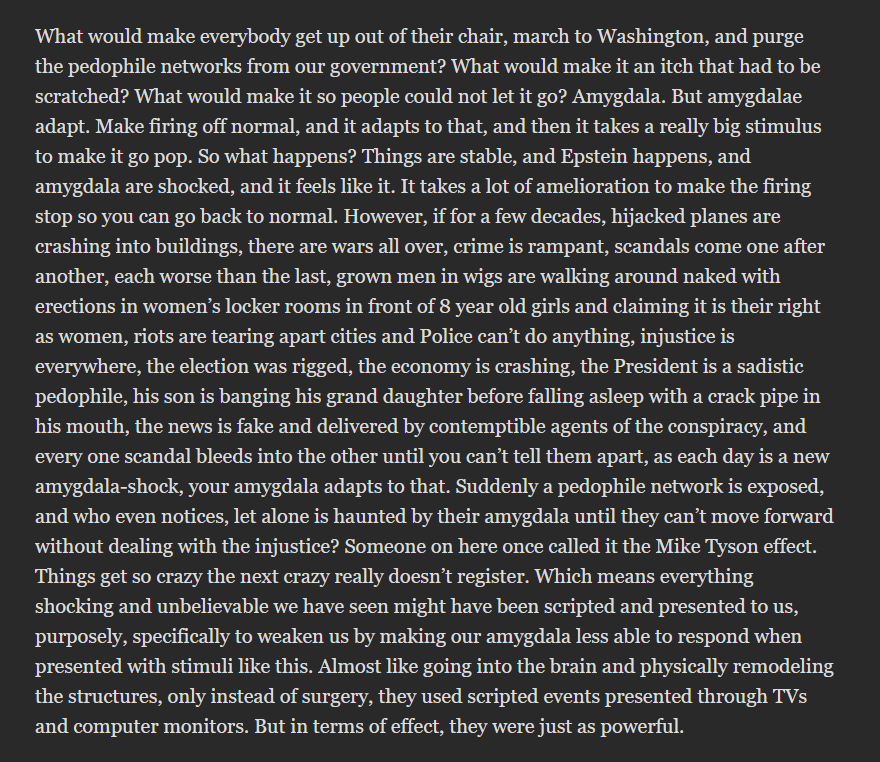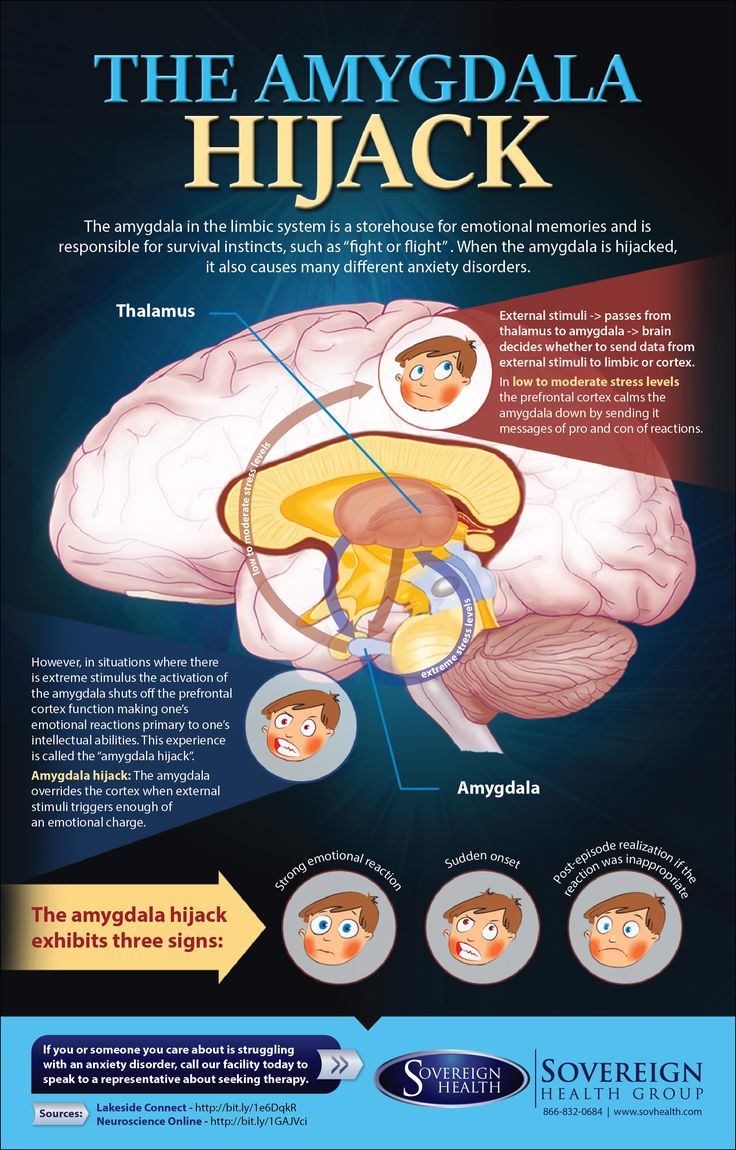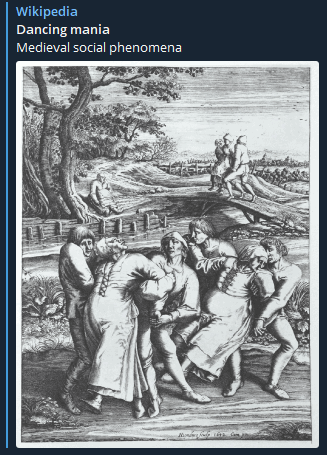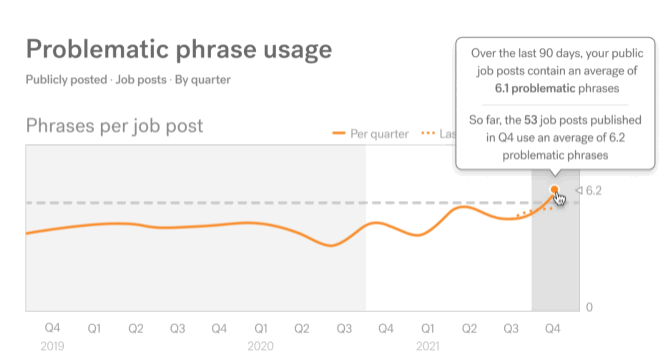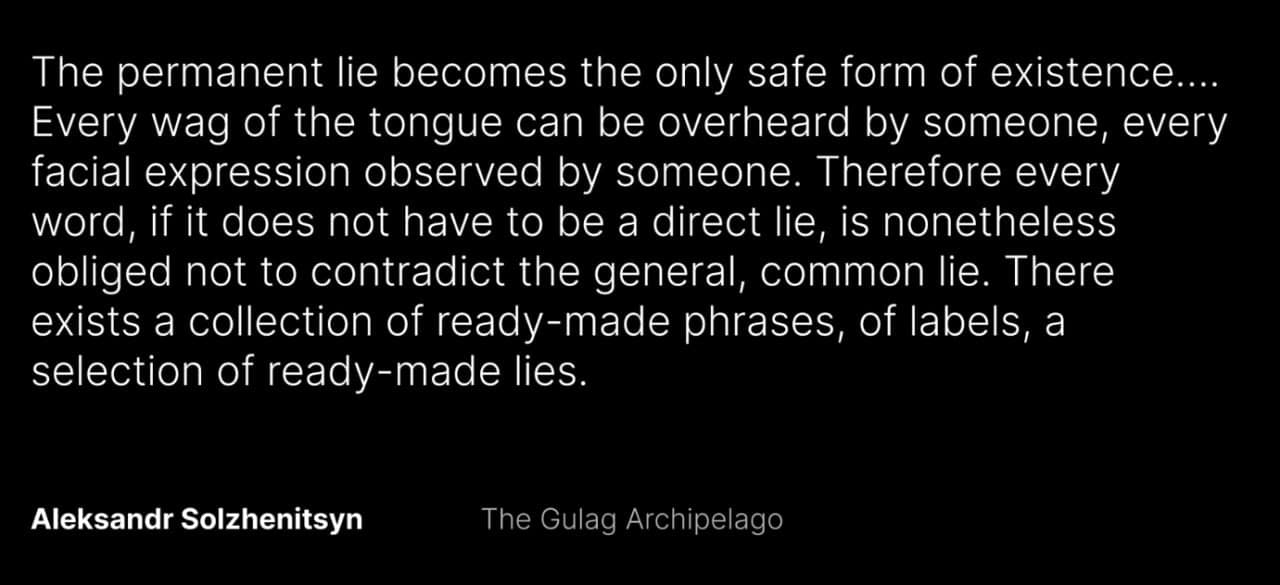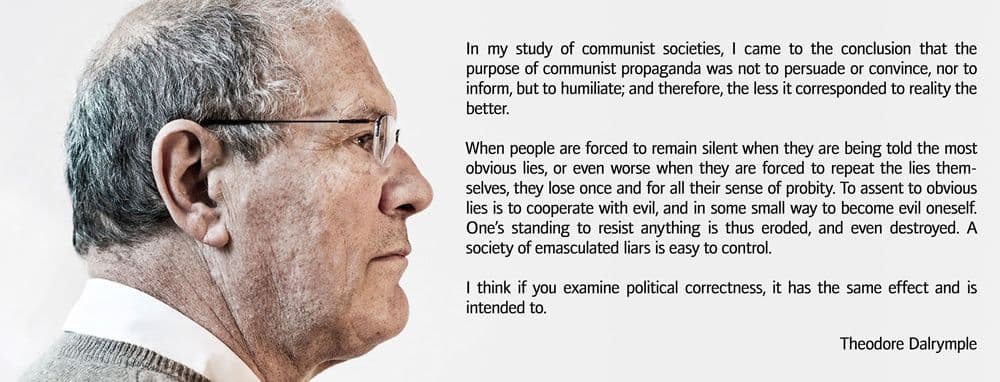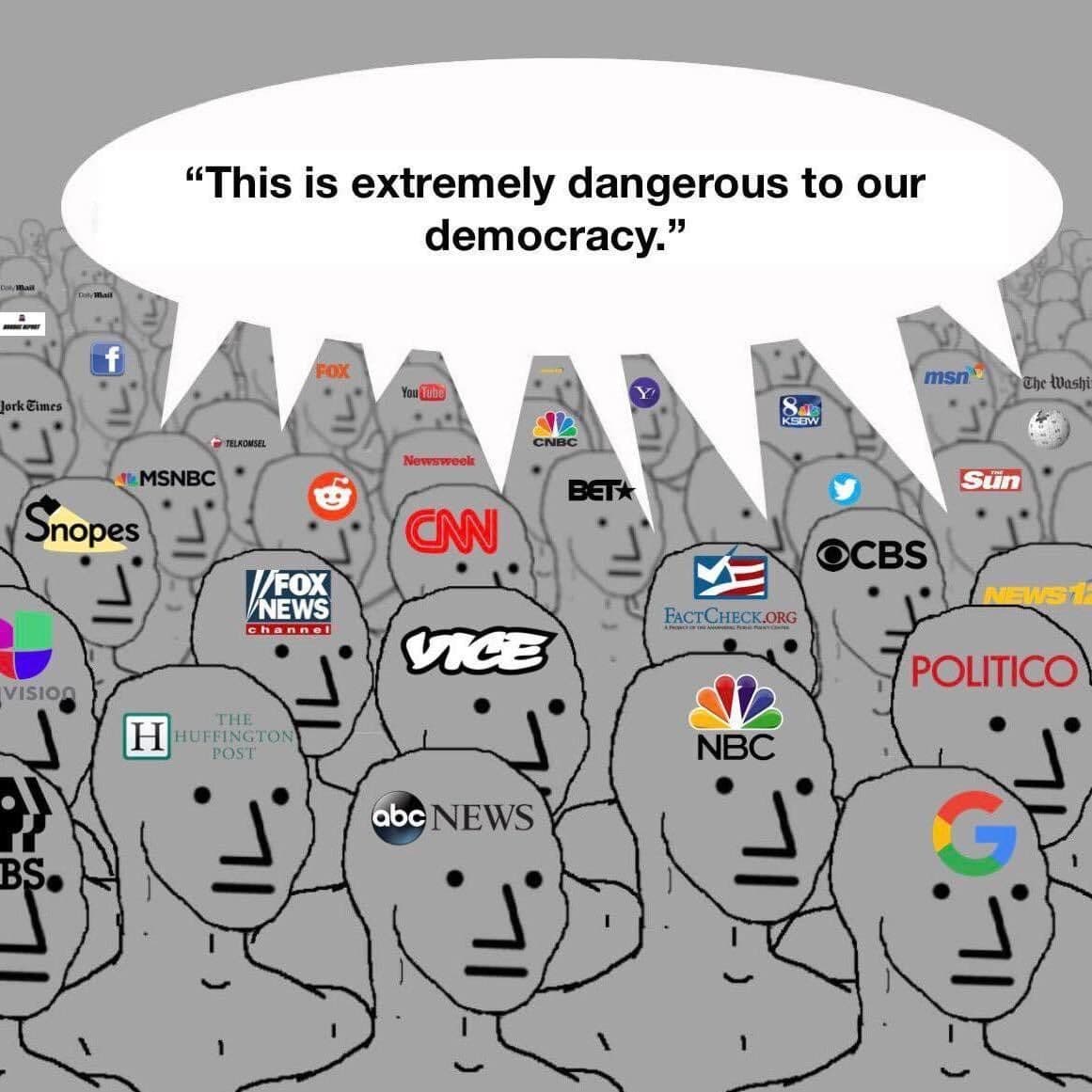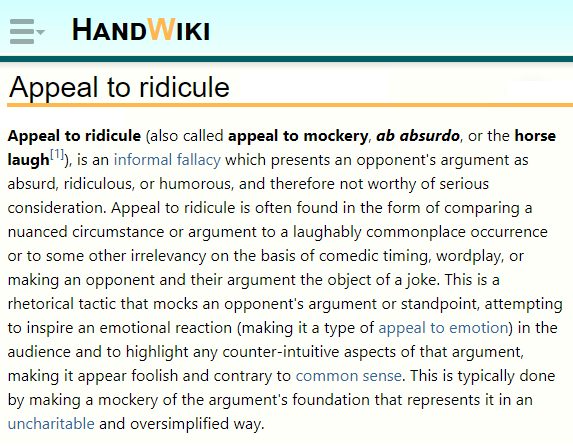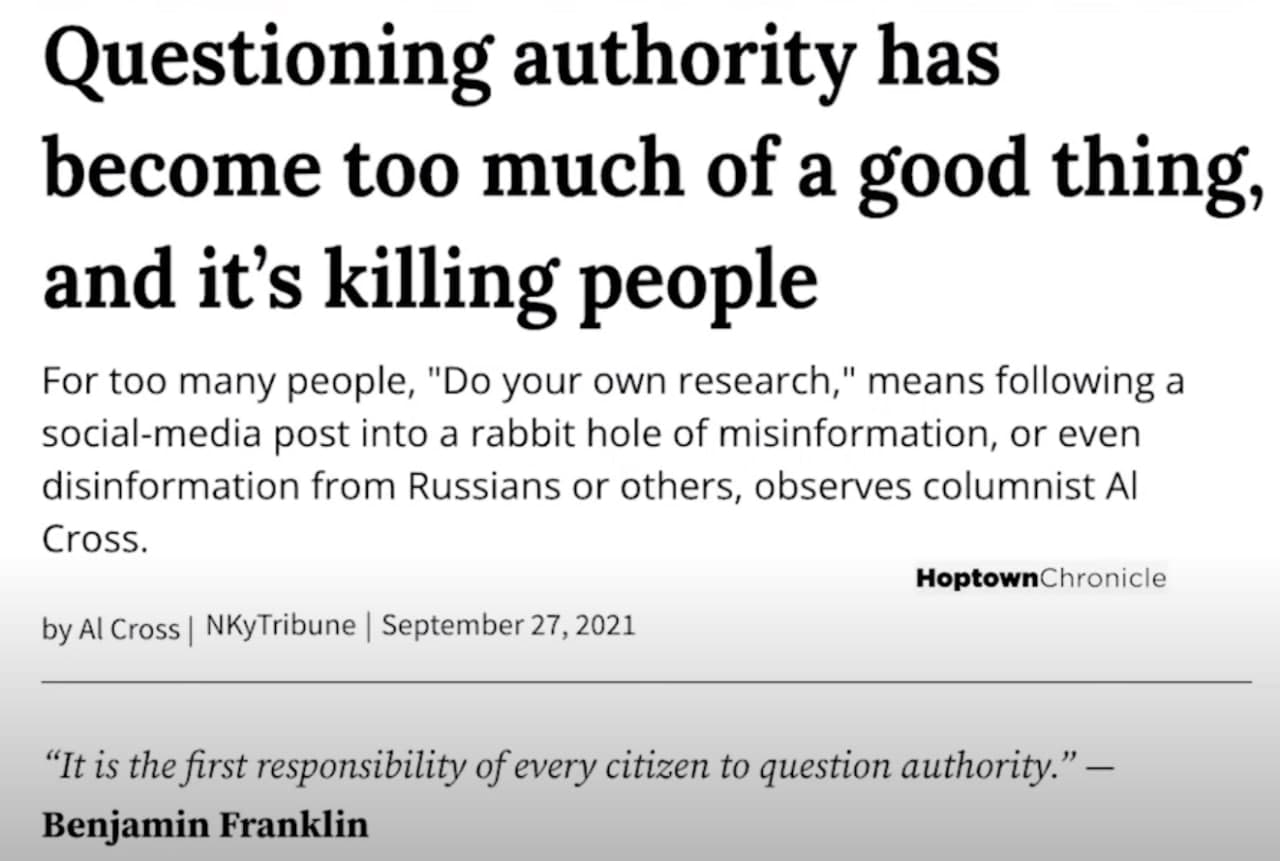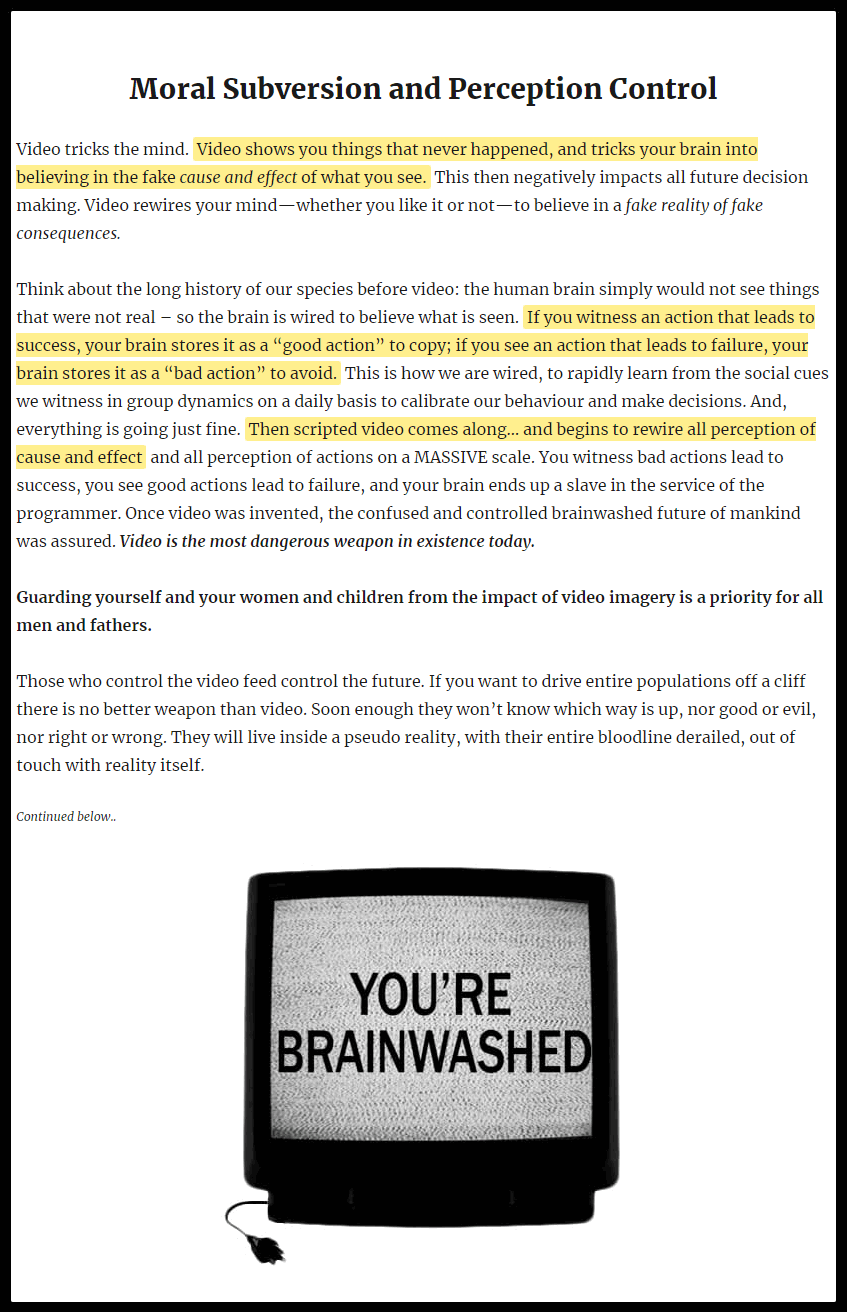compliance
They have pacified us with “Craziness Burnout”, so they can rape and pillage our nations
Dancing Mania and other social contagions
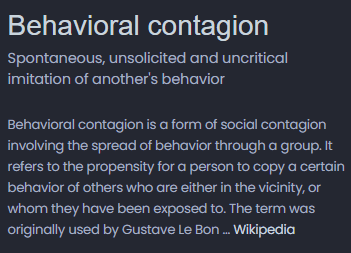
Dancing mania (also known as dancing plague) was a social phenomenon that … involved groups of people dancing erratically, sometimes thousands at a time … until they collapsed from exhaustion and injuries.
![The outbreaks of dancing mania varied, and several characteristics of it have been recorded. Generally occurring in times of hardship, up to tens of thousands of people would appear to dance for hours, days, weeks, and even months.
Women have often been portrayed in modern literature as the usual participants in dancing mania, although contemporary sources suggest otherwise. Whether the dancing was spontaneous, or an organized event, is also debated. What is certain, however, is that dancers seemed to be in a state of unconsciousness and unable to control themselves.
In his research into social phenomena, author Robert Bartholomew notes that contemporary sources record that participants often did not reside where the dancing took place. Such people would travel from place to place, and others would join them along the way. With them they brought customs and behaviour that were strange to the local people. Bartholomew describes how dancers wore "strange, colorful attire" and "held wooden sticks".
Robert Marks, in his study of hypnotism, notes that some decorated their hair with garlands.[7]: 201 However, not all outbreaks involved foreigners, and not all were particularly calm. Bartholomew notes that some "paraded around naked" and made "obscene gestures". Some even had sexual intercourse. Others acted like animals, and jumped, hopped and leaped about.
They hardly stopped, and some danced until they broke their ribs and subsequently died. Throughout, dancers screamed, laughed, or cried, and some sang. Bartholomew also notes that observers of dancing mania were sometimes treated violently if they refused to join in. Participants demonstrated odd reactions to the color red; in A History of Madness in Sixteenth-Century Germany, Midelfort notes they "could not perceive the color red at all", and Bartholomew reports "it was said that dancers could not stand... the color red, often becoming violent on seeing [it]".](https://mediatricks.org/wp-content/uploads/2022/03/dancing-mania.png)
Imagine the spread of dysfunctional social contagions now that social media has burst onto the scene..
FIGURES OF SPEECH: When language is their weapon, we must study the bullets
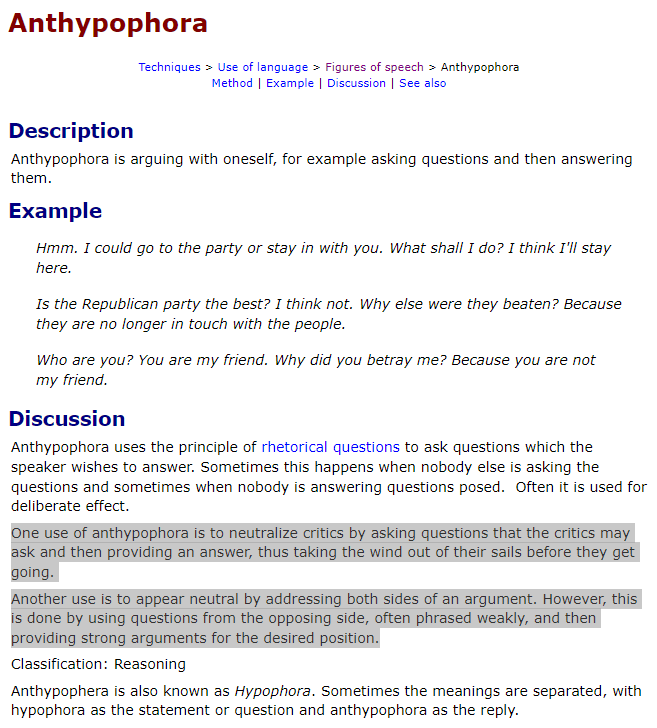
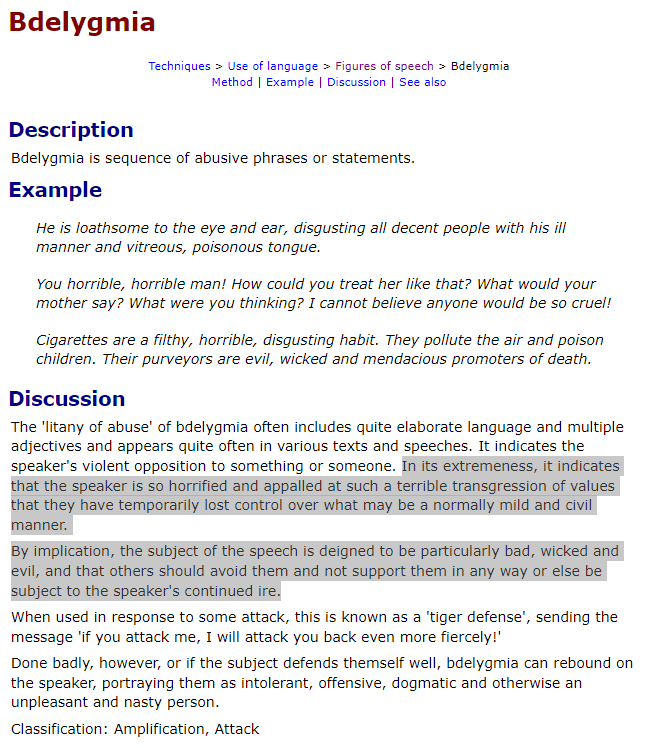
The full list of Rhetorical Figures of Speech:
http://changingminds.org/techniques/language/figures_speech/figures_speech.htm
Leftist Corporate Language Tools
MPs curate their speeches in Parliament to avoid Big Tech Censorship, says Australian MP
Political Correctness: The Ready-Made Lies
The Purpose of Political Correctness
The Madness of Crowds

Source: Extraordinary Popular Delusions and the Madness of Crowds (1841), by Charles Mackay
Soviets livin’ the lie
Have you ever wondered why our MODERN ART is so crass and disgusting?
Yes it’s partly because our civilisation has been collapsing for some time and we have all been driven to madness, but also because the CIA created a global network of art publications and culture organisations to push this garbage on us during the Cold War.
There was the space race, and there was also the art race:
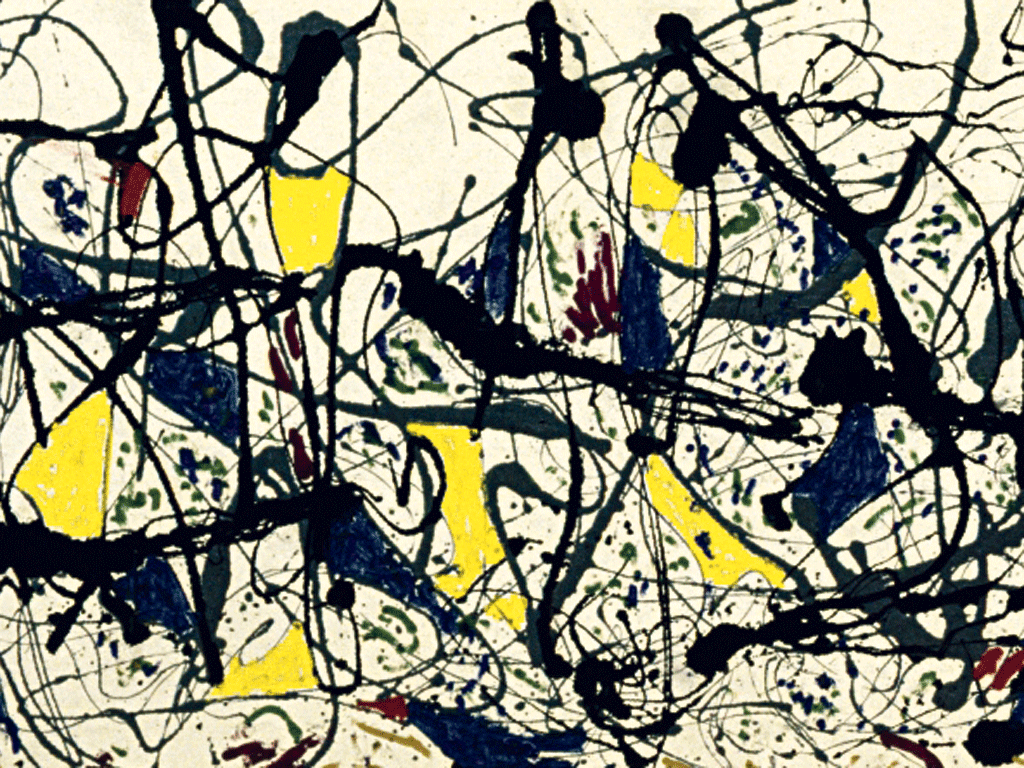
http://www.independent.co.uk/news/world/modern-art-was-cia-weapon-1578808.html

Local TV Stations Caught Pushing the Same Scripted Pro-Amazon Segment
Want more like this? Click #repeaters
This is Extremely Dangerous to Our Democracy
How the late night comedy shows work on the human brain subconsciously
Never read the research, never look at the data, just listen to journalists

Critical Thinking is Bad
Never Question
How Hollywood Poisons Your Mind and Morals
MSNBC anchor admits live on air the media’s job is to “control exactly what people think”
The Sad Reality of Public Pressure: Conformity Experiments
Social Compliance gives the mind manipulators immense power and control.
